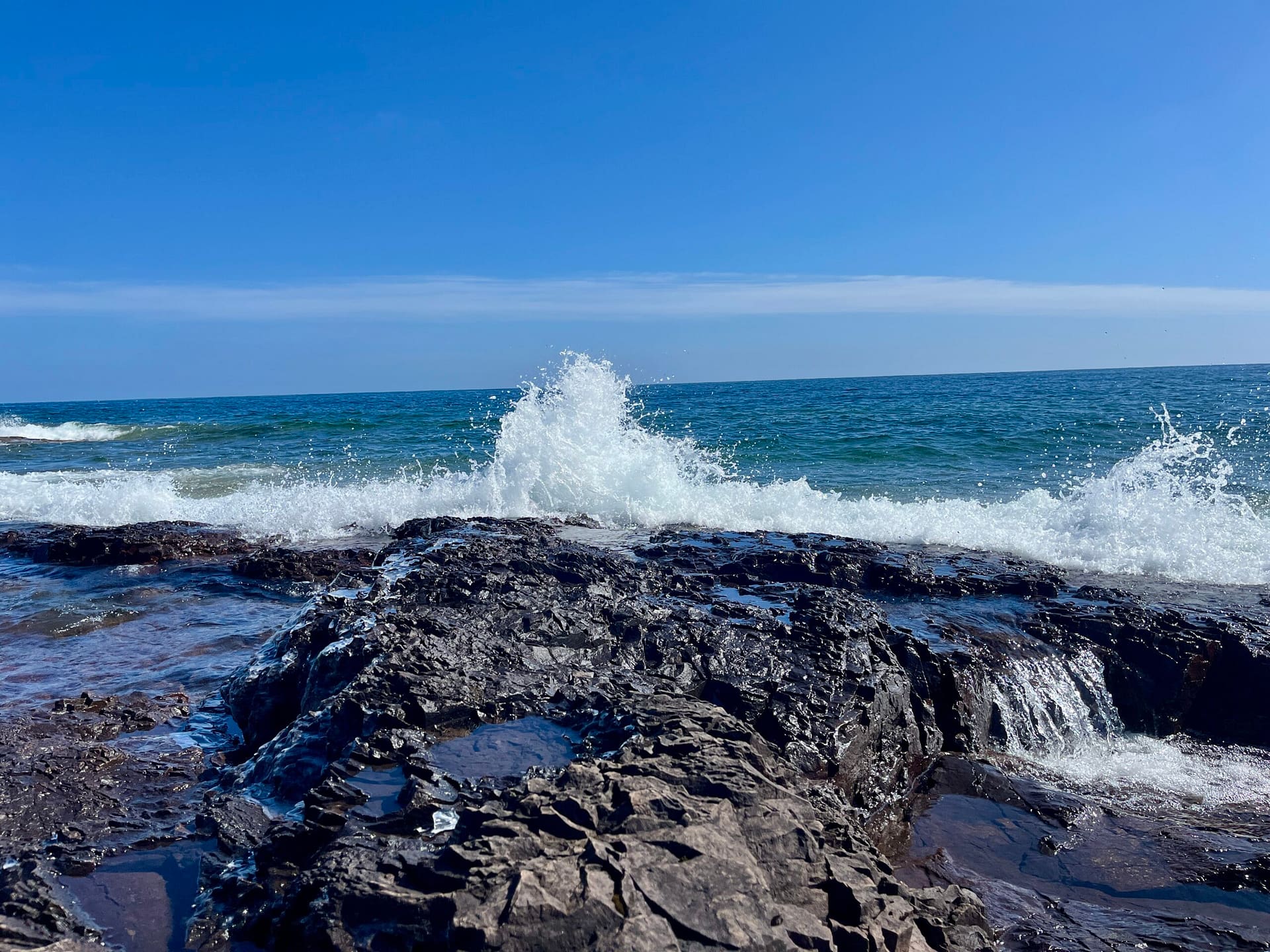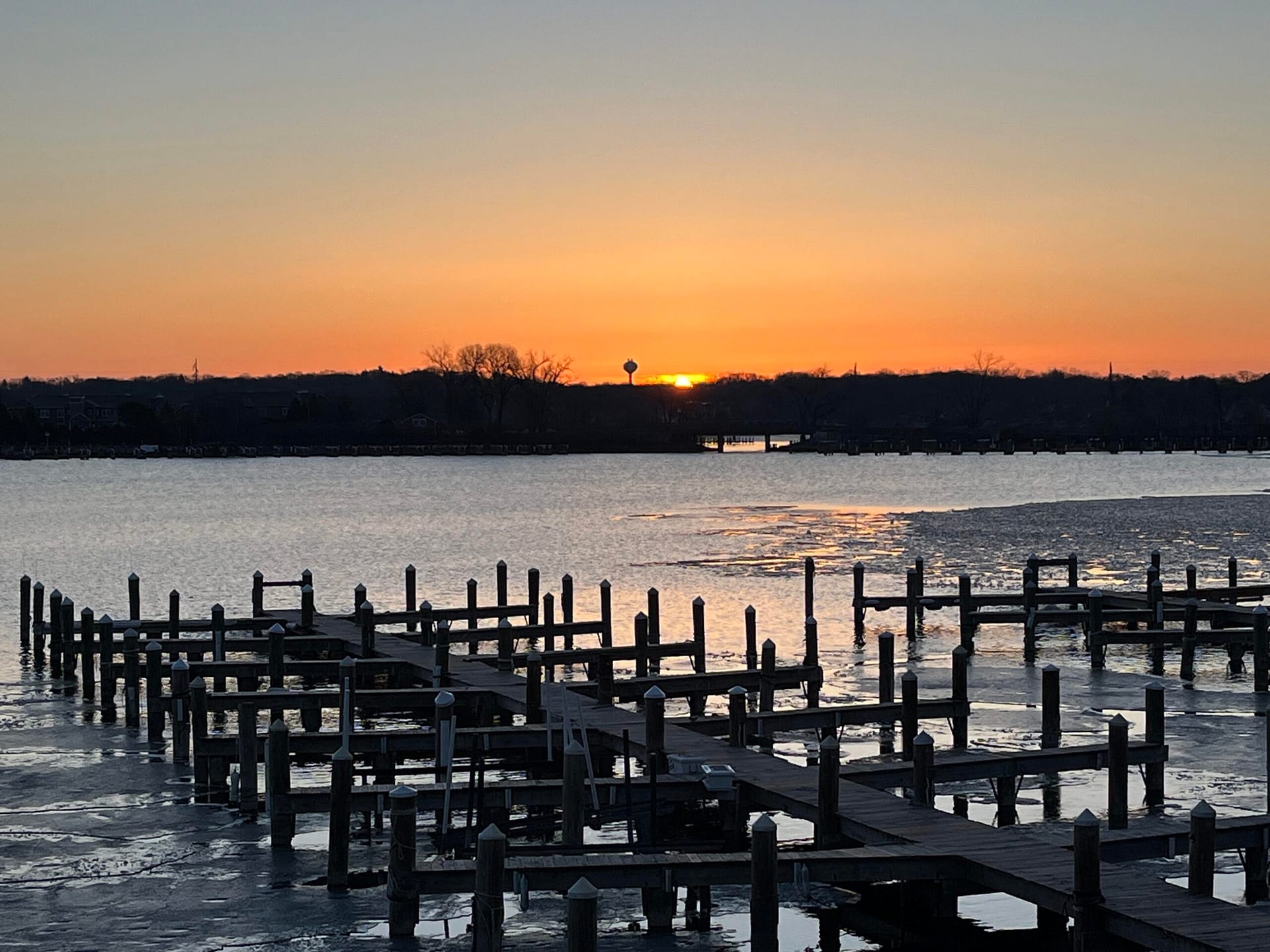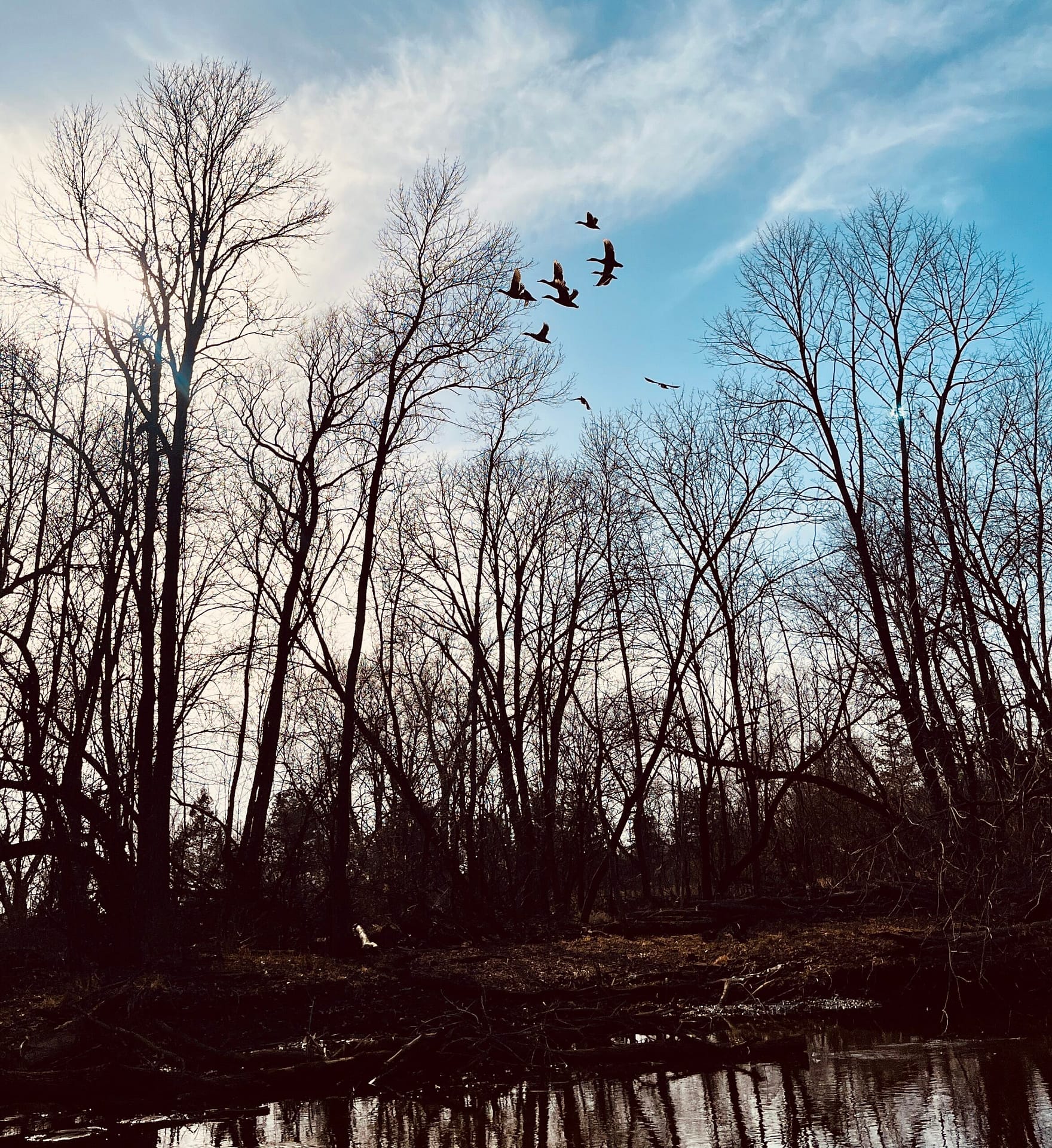My list of things I am thankful for in nature is way too long to share in one blog post, but I will share a few things. This week of my favorite holiday, Thanksgiving, has me thinking about the gifts nature has provided and how I am truly grateful for them.
Before I share three things I am thankful for regarding nature, let me say how beneficial a grateful heart is. There is science behind the health benefits of having a thankful attitude. To begin with, gratitude is a stress reduction tool. It helps regulate cortisol. When stress is chronic, cortisol levels are elevated, and negative effects, like weight gain and depression, can set in. Reduced cortisol can also reduce anxiety.
Gratitude can also help you sleep better. Foster a grateful heart and increase your chances of ditching those sleeping pills! People who are thankful tend to be more positive, less anxious or depressed, and have a present-living mindset over worrying about the future or ruminating on the past. Ergo, better sleep.
Enough said. It’s clear being grateful is beneficial. This week of Thanksgiving (Did I mention it’s my favorite holiday?) I am focusing on three things in nature for which I am grateful. They are the sense of calm I get from spending time outside, the lessons I learn from observing nature, and the endless supply of things to write about. Yes, spending time in nature is fodder for my writing habit. What I love about it is nature never runs out. I could live to be a thousand years old and never run out of nature topics. I love it!
A Sense of Calm
“Nature does not hurry, yet everything is accomplished.” —Lao Tzu
Have you ever felt rushed to get things done? What the heck am I talking about? Everyone feels rushed from time to time! Some people, however, live in a constant state of rush. In all honesty, I used to be one of them. While there will always be times we need to hurry, it is not a state I choose to live in anymore unless circumstances dictate it (like when I must meet a deadline!).
But nature doesn’t operate that way. Nature isn’t rushed. It lives in the now and moves forward in its own time. When I am outside enjoying nature, the sense of urgency diminishes, and I can join nature in its present condition. Everything is as-is. Present. Now. I am grateful for that! I need that in my life!
Nature is continually reminding me to slow down and enjoy all the natural world has to offer.
Lessons from Nature
“Let nature be your teacher.” —William Wordsworth
Nature has endless lessons to teach. The more time I spend outside, observing and enjoying nature, the more I become its student. There is a Bible verse about nature’s lessons. It is in the book of Job, chapter 12. ““Ask the animals, and they will teach you. Ask the birds, and they will tell you. Or speak with the earth, and it will teach you. Even the fish will relate the story to you.”
I love the idea that lessons are taught by living things. Animals and plant life have so many things to show us. Geese are great parents. Ants are hard workers. Plants exposed to the elements grow strong and endure. Trees rest during winter. Flowers offer beauty. Bees teach the importance of community. The lessons are endless.
Writing Fodder
“In every walk with nature one receives far more than he seeks.” —John Muir
This third thing I’m grateful for might not be shared by many, but it is something I highly value in my life. It is the writings that come out of my nature exploration. The quote by John Muir is true for me. I have received far more to write about in nature than I ever imagined.
I love to write about nature, and the topics and opportunities are endless.
In the spirit of Thanksgiving, nature, and writing, I’ll share something I wrote a few years ago at Thanksgiving time. Of course, my topic was about wild turkeys. This piece serves as an example of how nature can provide fodder for creative writing.

Look Down Girls!
My nature outings have allowed me to see several flocks of wild turkeys in various locations. One day I was driving north of Brainerd, Minnesota, and there were several turkeys crossing the road. I slowed and waited. Being the only car, I didn’t have to worry about traffic. The birds, however, were very worried. They took off running. One of them even flew. (Chicken!)
There weren’t any male turkeys in the group. Where were the toms? Fall turkeys typically segregate by gender. The males and females don’t work as one society; they have separate hierarchies. Sort of like the school dances of my youth: the girls hung out with the girls, and boys stayed on the other side of the gym.
It was always a thrill to watch the first boy cross the floor and ask one of the girls to dance. It was never me. I wasn’t at the top of the pecking order among girls my age. Shy, you know. I’m pretty sure if a boy had tried to approach me, I wouldn’t have noticed since my eyes mostly stayed fixated on my shoes. (Don’t worry, I grew out of it.)
Toms (male turkeys) are polygamous. They mate with several hens in the breeding season, which is during springtime. They no longer hang out with the other males but split up and start making moves on the hens. Yup. I knew the type in school. Again, I didn’t need to worry. (Remember, no eye contact!) During my turkey-seeking expeditions, I’ve sometimes gone out early in the morning. Since I found out the large, clumsy birds do indeed fly, I wanted to see them do it as a group. It wasn’t just the scare I gave a hen that day from my car that displayed a turkey in flight. They do it each evening; they roost in trees. It amazes me that the big birds can lift themselves into tree branches. I’ve read they don’t get up very high at first but land on a low branch and hop to higher levels. I’ve never witnessed them going to bed, but one morning I was lucky enough to see them descend.
Walking along a road, not looking for turkeys, suddenly a rafter of turkeys flew from some nearby trees and into the woods. It both surprised and delighted me. Nature is always doing that! Surprising and delighting. I figured it was time for their breakfast. They eat nuts, seeds, plants, bugs, and worms, among other things, like grit (for digestion). Turkeys will even eat small reptiles.
Another day, watching a wild turkey forage in some grass, I thought about the irony of the upcoming holiday: Thanksgiving. Turkeys are both predator and prey. They are eaten by owls and eagles, coyotes and foxes, and (of course) humans. I’m guessing the turkey in the grass didn’t realize the danger since it seemed at ease. I kept my distance, not wanting to scare it off. What a beautiful specimen of a tom! I’ve tried many times to get close to any wild turkey without success. They are wary of humans (with good reason).
The days are growing shorter with the pending winter. While fall turkey hunting is a thing of the past, I watched the tom, and my thoughts jumped ahead to springtime, when turkey hunting is more popular. I promised myself to try and get out this winter and watch turkey behavior as it changes throughout the months. Maybe I’ll notice a shift in their patterns, see if it is obvious when the males begin to “cross the gym floor”—like each spring when the males will be on the move and looking for a female (or three…).
Could I tip off the wild turkey hens? “Hey, girls, come over here. You know that tom over there? He’s not looking at one of you; he’s looking at ALL of you. Quick, look down at your feet!”



